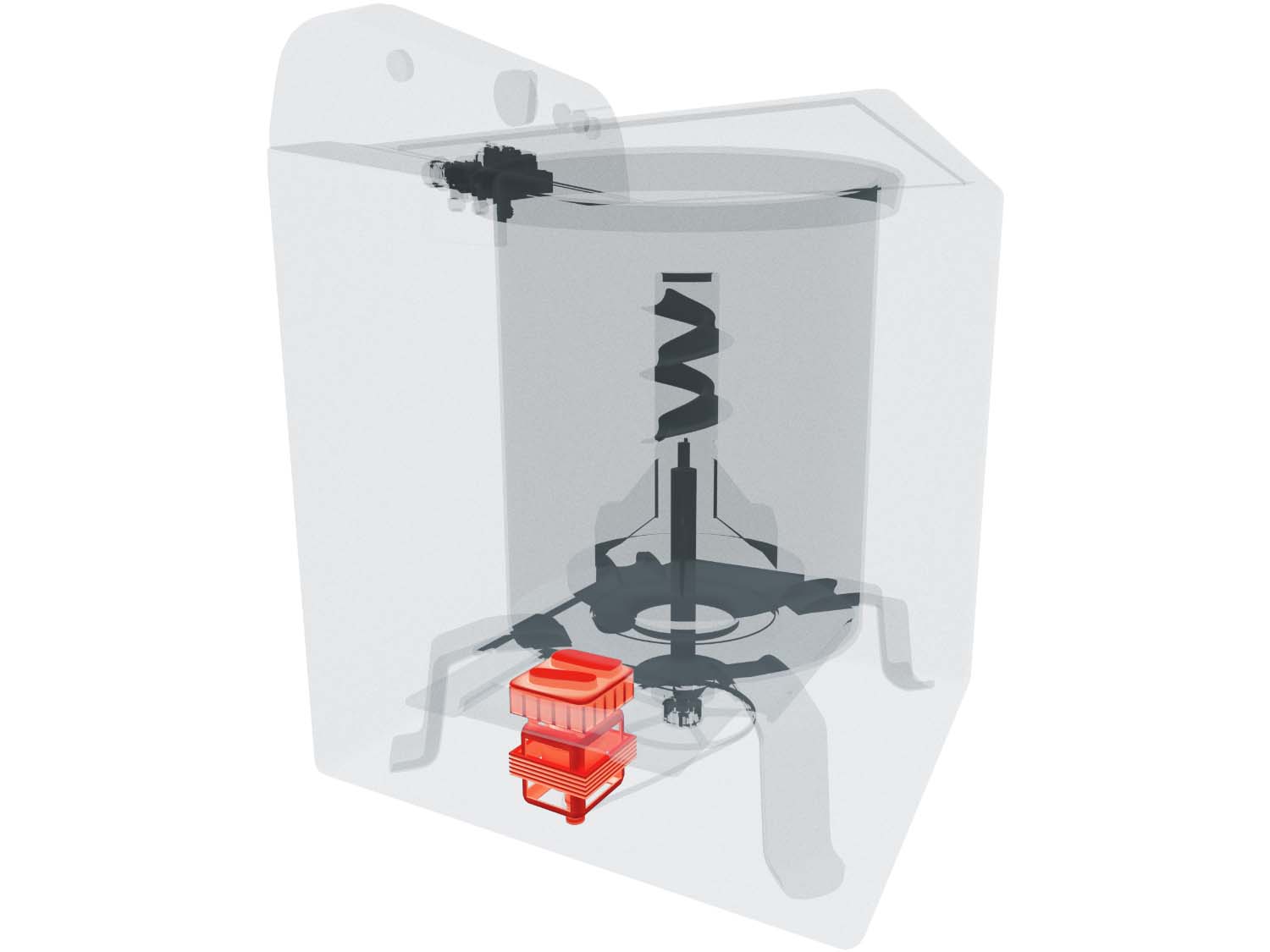How to Fix a Drive Motor for a Washer That Will Not Start
When your washer won’t start but your control board is still responding, it may be your drive motor that is causing the problem. The drive motor within your washer is critical for normal, everyday functions since it’s the main part that starts and operates the washer. If your drive motor is bad or broken, your washer will normally still turn on and let you make choices with the user interface, but it will not start a washing cycle. Our guide below will show you what a drive motor is and how to determine if yours is faulty. We’ll show you step by step instructions on how to access, remove and replace your drive motor to get your washer back up and running!
What is a Drive Motor?
The drive motor on a washer is the mechanism that essentially runs the machine through the drive belt, pump, and rotor. The drive motor is one of the core components since its main function is to run the machine during the wash cycles.
Where is the Drive Motor Located?
The drive motor is normally located at the back and bottom of the washer; it can vary in size, complexity, and overall location depending on the machine. When trying to access the motor, we recommend that you first identify whatever screw or socket-heads are located on the outside of the machine; that way you can gain access to the interior of the machine, and the motor. If you aren’t sure of the location of the drive motor, follow the next steps to find out how to access the inside of the machine and identify the motor’s location. Refer to the 3D diagram below for further assistance.

How to Access, Remove, and Inspect a Washer's Drive Motor
- Using the appropriate screwdriver or socket-set, remove either the top or the back panel to gain access to the interior of the washer.
- After locating your motor, identify any screws or socket-heads that are securing your motor in place.
- When disassembling the motor from the chassis, be sure to rotate components and test to see if there are any hardware problems such as resistance when turning, scratching sounds, or other obvious physical issues. Important parts to check as well are the motor belt(s) and the rotor, which are normally connected to or close to the motor.
- To completely diagnose the motor, aside from mechanical and physical issues, we recommend you run an electrical diagnostic on the motor. If you’re uncomfortable doing that, be sure to consult with a technician.

How to Test a Washer's Drive Motor
Normally, drive motors begin making loud, unpleasant sounds or movements if they are not working correctly. Also, if the washer is running much slower than usual, it can be a sign that the drive motor needs repairing or replacing. The most reliable method of checking your motor for functionality is by using a multimeter to check continuity.

How to Install a New Washer Drive Motor
As mentioned above, be sure to identify whatever screw-heads or socket-heads you need to disassemble the chassis of the washer, to gain access to the motor assembly. This usually only requires a screwdriver, a socket set, and a set of needle-nose pliers.
- After diagnosing the failed motor, secure the new motor into the washer, being careful to secure the belt and other connected components properly before continuing.
- Once the motor is successfully installed and all components are connected to the motor, make sure to rotate the motor, rotor, and drive belt with your hand(s) to ensure that everything runs smoothly.
- Reconnect any previously disconnected panels, screws, and fastenings. Now your repair is complete!

Go To Main Page: Will Not Start




